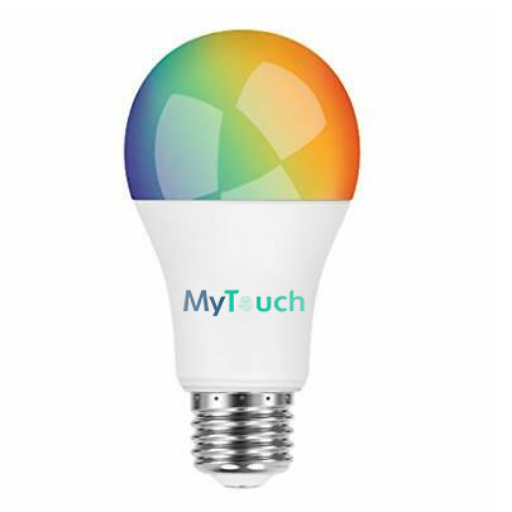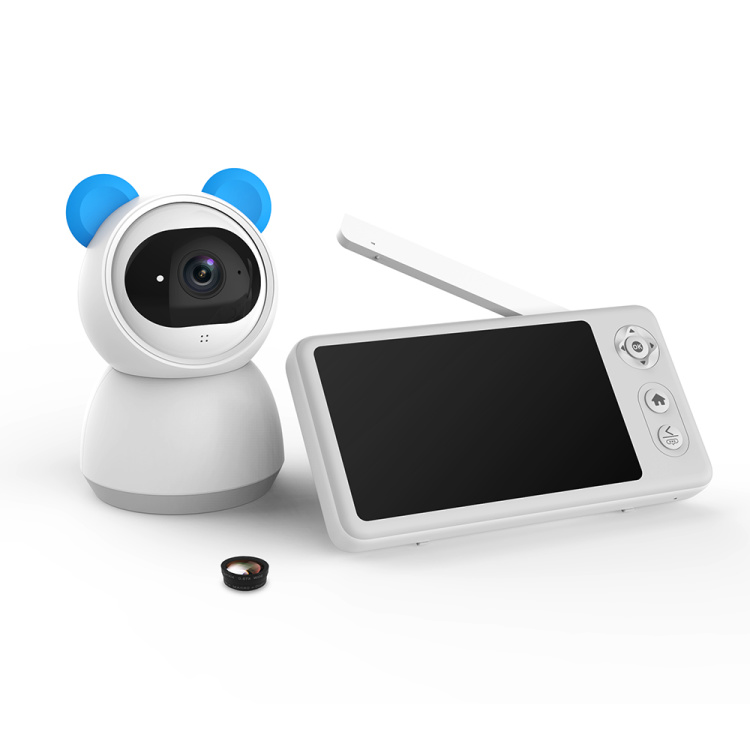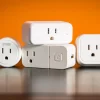
Smart home technology is a term that encompasses a wide range of devices and systems that can make your home more comfortable, convenient, and efficient. But with so many options available, how do you choose the best ones for your needs and preferences? In this blog post, we will compare some of the most common types of smart home technology and what they can do for you.
Smart Speakers
Smart speakers are devices that can play music, answer questions, control other smart devices, and more, using voice commands. They usually have a built-in virtual assistant, such as Alexa, Google Assistant, or Siri, that can understand your requests and respond accordingly. Some smart speakers also have a touchscreen display or a camera for additional functionality.
Some of the benefits of smart speakers are:
- They can provide hands-free and voice-activated control of your smart home devices, such as lights, thermostats, cameras, etc.
- They can offer entertainment and information, such as playing music, podcasts, audiobooks, news, weather, traffic, etc.
- They can help you with various tasks, such as setting reminders, timers, alarms, calendars, shopping lists, etc.
- They can support communication, such as making phone calls, video calls, sending messages, etc.
Some of the drawbacks of smart speakers are:
- They may not always understand your voice commands or respond accurately, especially if there is background noise or accent issues.
- They may pose privacy and security risks, as they can record and store your voice data, and potentially be hacked or accessed by unauthorized parties.
- They may not be compatible with all the smart devices or services that you use, and may require additional hubs or apps to work properly.

Smart Plugs
Smart plugs are devices that plug into your existing wall outlets and allow you to control and monitor the appliances that are connected to them, using your smartphone or voice assistant. They can also be programmed to turn on and off automatically based on a schedule, a trigger, or your location.
Some of the benefits of smart plugs are:
- They can make any appliance smart, such as lamps, fans, coffee makers, heaters, etc., without requiring any wiring or installation.
- They can help you save energy and money, by letting you turn off appliances that are not in use, or by optimizing their usage based on your habits and preferences.
- They can enhance convenience and safety, by letting you control your appliances remotely, or by preventing them from overheating or causing fire hazards.
Some of the drawbacks of smart plugs are:
- They may not fit well in some outlets, especially if they are bulky or block adjacent sockets.
- They may not work well with appliances that have complex or sensitive functions, such as refrigerators, microwaves, washing machines, etc.
- They may not support high-power appliances, such as air conditioners, hair dryers, etc., and may cause damage or malfunction if overloaded.
Smart Bulbs
Smart bulbs are light bulbs that can change color, brightness, and temperature, and can be controlled and customized using your smartphone or voice assistant. They can also be synced with other smart devices, such as speakers, cameras, sensors, etc., to create different scenes and effects.
Some of the benefits of smart bulbs are:
- They can create various moods and atmospheres, such as relaxing, romantic, festive, etc., by adjusting the color and intensity of the light.
- They can improve your health and well-being, by mimicking natural light cycles, such as sunrise, sunset, daylight, etc., and by helping you sleep better, wake up easier, and stay alert.
- They can increase security and convenience, by letting you control your lights remotely, or by turning them on and off automatically based on your presence, schedule, or activity.
Some of the drawbacks of smart bulbs are:
- They may be more expensive than regular bulbs, and may require additional hubs or bridges to connect to your network and devices.
- They may not be compatible with all the light fixtures or switches that you have, and may require adapters or replacements to work properly.
- They may not last as long as regular bulbs, and may lose their functionality or connectivity over time.

Smart Cameras
Smart cameras are devices that can stream live video, record clips, detect motion, sound, and faces, and alert you of any activity in your home. They can also integrate with other smart devices, such as speakers, displays, locks, etc., to create a comprehensive security system. Some smart cameras also have features like night vision, two-way audio, sirens, and cloud storage.
Some of the benefits of smart cameras are:
- They can help you monitor your home, pets, kids, elderly, etc., from anywhere, using your smartphone or voice assistant.
- They can deter intruders and notify you of any suspicious events, such as break-ins, fire, smoke, etc.
- They can provide evidence and proof in case of any incidents or disputes, such as theft, vandalism, accidents, etc.
Some of the drawbacks of smart cameras are:
- They may pose privacy and security risks, as they can capture and store your personal data, and potentially be hacked or accessed by unauthorized parties.
- They may require a subscription fee to access some features or services, such as cloud storage, facial recognition, etc.
- They may not work well in low-light or harsh weather conditions, and may need a reliable internet connection and power source to function properly.

Smart Locks
Smart locks are devices that can lock and unlock your doors, using your smartphone, voice assistant, fingerprint, keypad, or key. They can also grant temporary or permanent access to guests, family members, service providers, etc., and track the activity and status of your doors. Some smart locks also have features like auto-lock, auto-unlock, door sensors, etc.
Some of the benefits of smart locks are:
- They can enhance convenience and security, by letting you control your doors remotely, or by using your voice, biometrics, or codes.
- They can eliminate the need for physical keys, which can be lost, stolen, or copied, and reduce the risk of lockouts.
- They can manage and monitor who enters and exits your home, and when, and notify you of any changes or issues.
Some of the drawbacks of smart locks are:
- They may not be compatible with all the doors or deadbolts that you have, and may require installation or modification to work properly.
- They may not work well with some voice assistants or smart home platforms, and may require additional hubs or bridges to connect to your network and devices.
- They may not function properly in case of power outage, internet outage, low battery, or mechanical failure, and may compromise your security or access.




